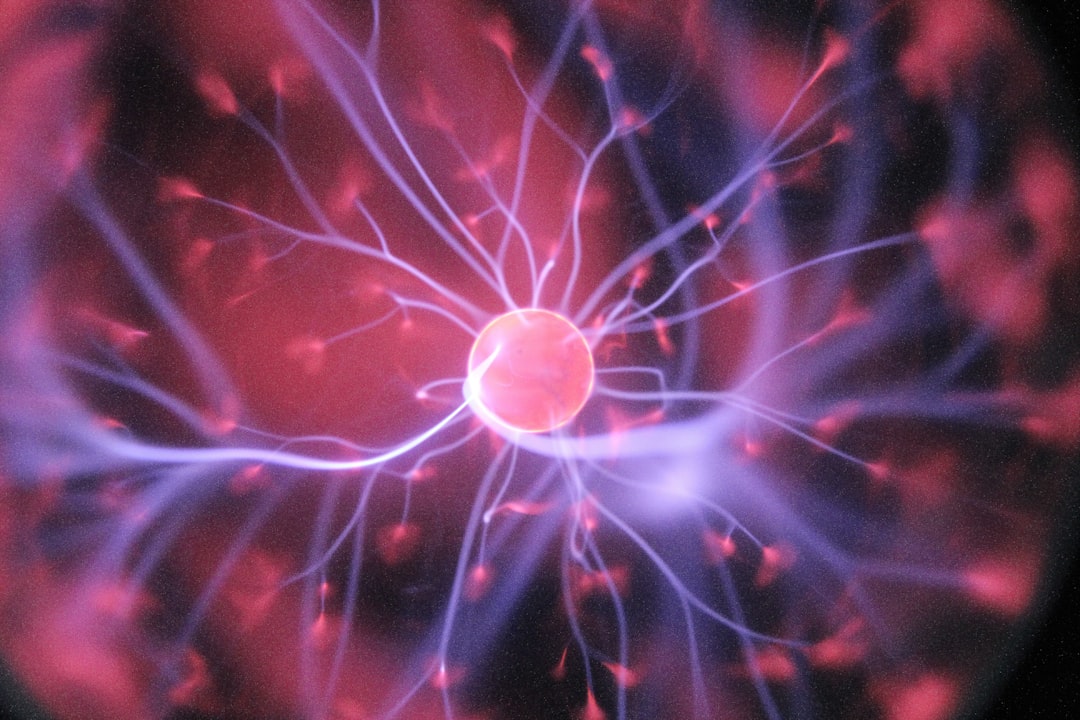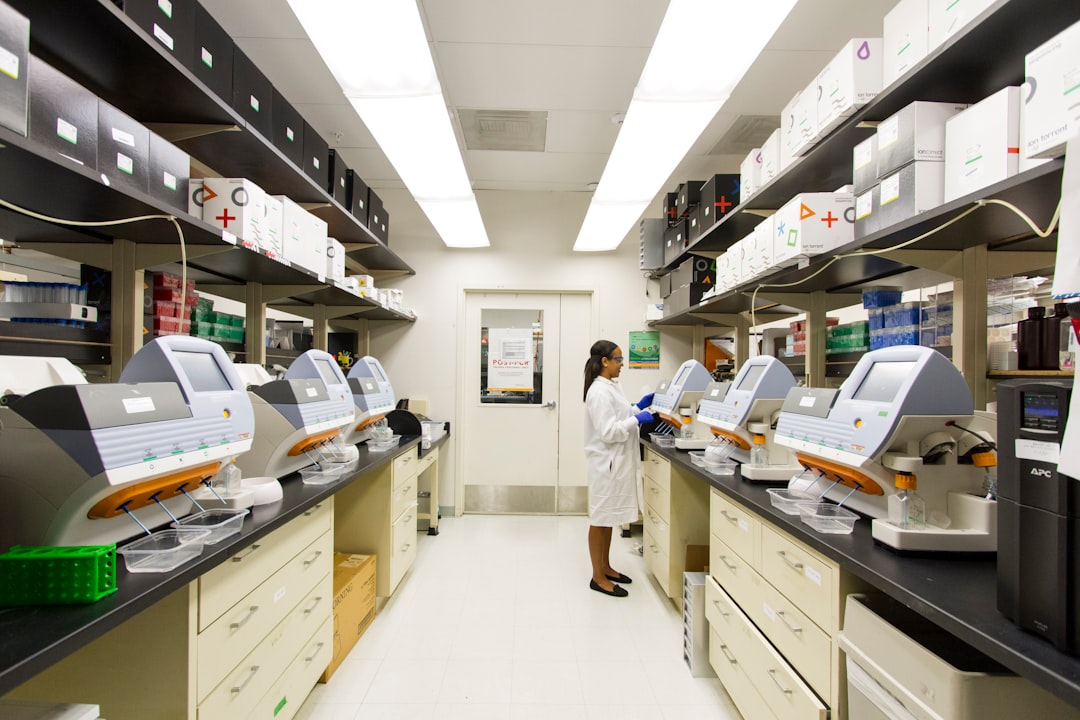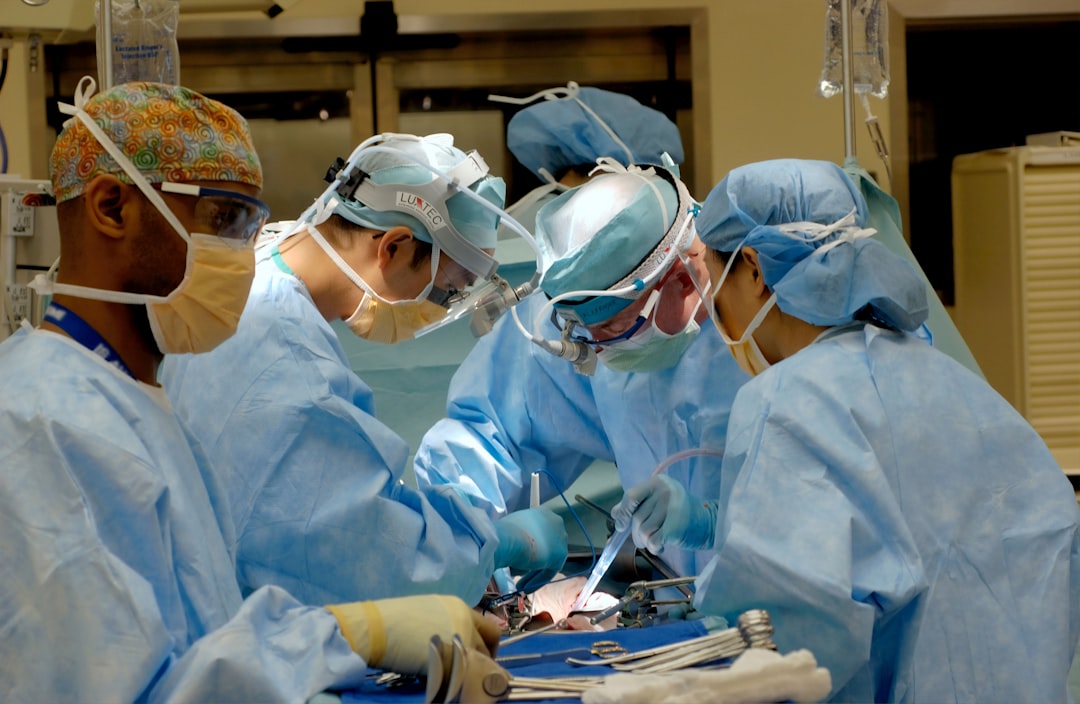What is it about?
The body is made up of individual cells that are frequently exposed to mechanical and/or chemical stressors that can compromise the integrity of its cortex (plasma membrane and underlying cytoskeleton). It is essential for cells to have robust repair mechanisms that can be rapidly deployed to avoid further damage, prevent infection/death, and restore normal function. This study investigates the molecular mechanisms governing the cell wound repair process.
Featured Image

Photo by Possessed Photography on Unsplash
Why is it important?
Despite its importance, the molecules, machineries, signals, and pathways that initiate the immediate cell wound repair response are largely unknown. This study used a genetic approach to identify 253 genes required for the repair process. Intriguingly, a subset of these genes are involved in insulin signaling that is needed to control actin cytoskeleton dynamics during the repair process. Thus, this study is providing a unique entry point to examine the cellular machineries required for re-sealing the membrane, as well as to help build a much-needed framework for understanding the molecular pathways controlling these processes.
Perspectives
A rapid wound repair response is vital to maintaining cell and/or tissue integrity. Robust repair mechanisms are even more crucial in fragile cells resulting from infections, developmental abnormalities, diseases, and/or cancers. Thus, the ability of cells to rapidly repair injuries is of fundamental scientific interest, as well as of profound clinical relevance. Understanding the molecular mechanisms underlying cell wound repair is also extremely valuable for guiding new therapies to treat damage and to identify key components for informing regenerative medicine and/or improving clinical drug delivery approaches.
Susan Parkhurst
Fred Hutchinson Cancer Research Center
Read the Original
This page is a summary of: Autocrine insulin pathway signaling regulates actin dynamics in cell wound repair, PLoS Genetics, December 2020, PLOS,
DOI: 10.1371/journal.pgen.1009186.
You can read the full text:
Contributors
The following have contributed to this page










